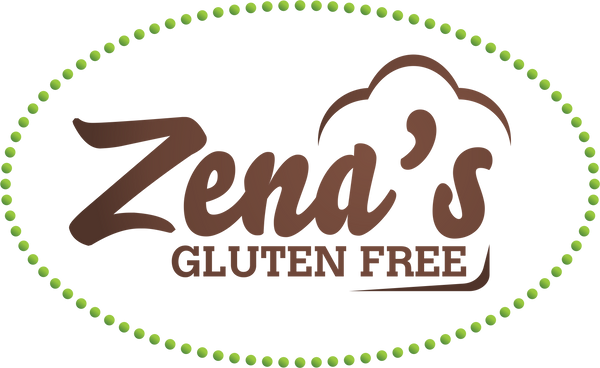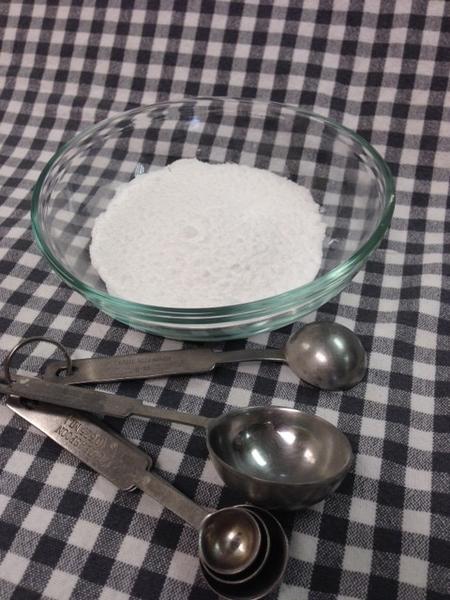While it’s definitely true that gluten-free baking is a different creature than regular baking, many of the basic components of chemistry are shared. We all know baking is more of an exact science than cooking, and certain ingredients perform specific duties.
Baking powder is integral in most baking. Its function is to create space within a batter or dough, and subsequently lift and expand, for fluffier, lighter baked goods. Chemically speaking, gluten-free baking powder is no different than conventional baking powder, and we could venture to say that most baking powder you’d find at a grocery store today, is made from gluten-free ingredients. This may not ensure a true gluten-free baking powder though; to be legitimately gluten free, baking powder (and any other ingredient) must be processed in a dedicated gluten-free space. I think the world is slowly beginning to understand this criteria and its importance.
Baking powder is comprised of three parts: sodium bicarbonate (baking soda), an acid (commonly cream of tartar), and a starch (commonly corn but sometimes tapioca starch which is better for those with corn allergies or sensitivities). The reaction between the sodium bicarbonate and the acid (cream of tartar), creates carbon dioxide gas, which is further activated by heat. This process leavens our baked goods, and helps to reduce the density of the finished product. As you can see, it’s an essential component of most basic baking.
I would suggest many of our building blocks, or “foundation foods” are the most beloved. As we are reminded repeatedly in mid-century literature, “wartime foods” equal “comfort food”, and they can often be made for pennies. Nothing embodies this quite as well as a scone. The most basic item I can think of, yet when executed perfectly (or even decently), it’s difficult to imagine anything more divine. At age 10, it was probably the first thing I ever learned to bake. I could not believe my luck when one Sunday morning my Mum suggested I make the scones. She wasn’t even in the same room hovering over me; she just hollered the ingredients from the dining room where she was marking papers.
“Two cups of flour, two teaspoons of baking powder, two tablespoons of cold butter, a pinch of salt, and hot water until it comes together.” Clearly, pretty easy to commit to memory, hence a handy tool in one’s adulting toolbox. I was a bit skeptical, but I went for it. I probably overworked them a little, and had to top up my flour when I added too much water, but they worked! They weren’t beautiful and tidy like my Mum’s always were, nor were they as buttery (I wrecked the ratio with extra water, then extra flour!), but they resembled a scone, and I would make them a thousand more times. I added cheese, bacon, or various kinds of seeds or fruit. This is exactly my understanding of wartime food...something super basic from a few basic, inexpensive ingredients, then you add whatever you have kicking around. If what you have kickin’ around is nothing at all, well that’ll be fine too. At least bellies are filled. A scone was my go-to when I was pregnant and feeling ill, and in fact, in my less responsible younger days when I would feel ill for other reasons.
Eventually, we would adapt this recipe at our gluten-free bakery, creating what I believe to be the best gluten-free scone out there. It’s not lost on us that we are so lucky to have many things in our fridge and our pantry, to dream up a new gluten-free scone at our whimsy, or to grab a cheddar scone from the pastry case when we have skipped breakfast. A scone is the perfect balance of textures, and the ideal sidekick to a great soup or salad.
We did increase the butter ratio a smidgen, and we use milk instead of water, which is a luxury of my time in history I suppose. It’s the kind of privilege that goes along with my generation but nonetheless, don’t mention the extra butter to my Mum.

